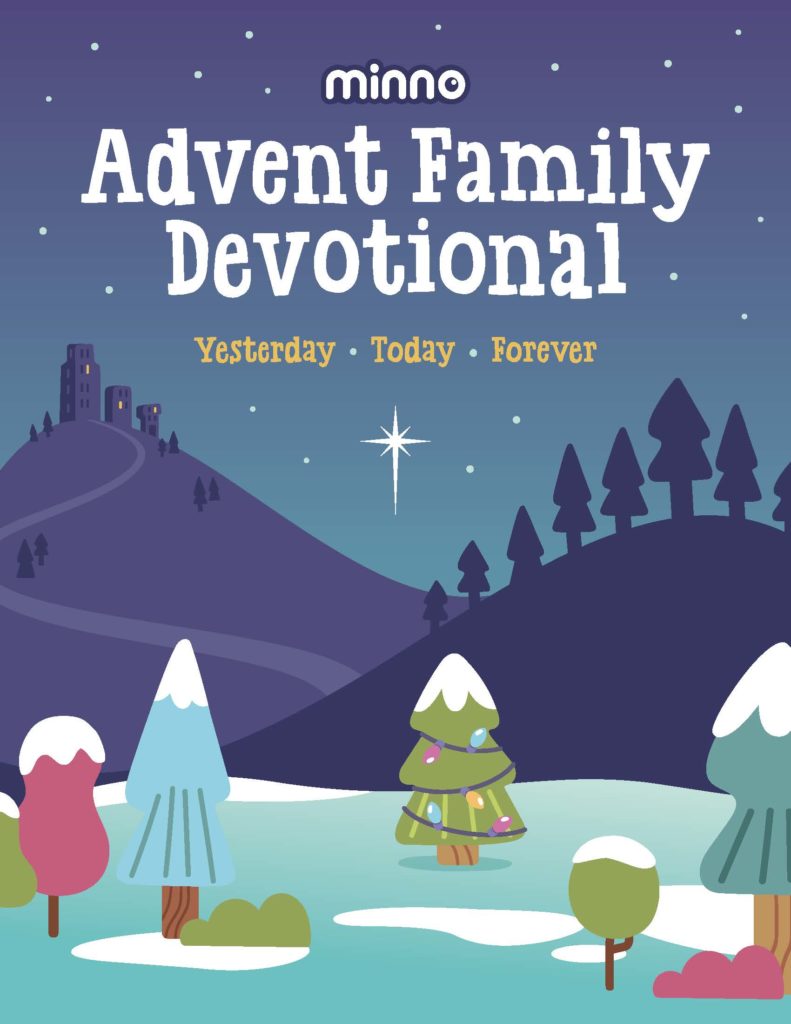The History of Christmas

What is the history of Christmas?
Did you know that Christmas didn’t become an official holiday in the United States until 1870? And you may have noticed that nowhere in the Bible is a festival of Christ’s birth celebrated. It was several hundred years after Jesus’s death that the Church created a “Feast of the Nativity,” which marked Jesus’ birth.
Through the centuries, the idea of Christmas took many twists and turns. Here are some highlights of the history of Christmas:
300s AD
A church ruler named Pope Julius I is believed to have first declared Christmas to be a holiday during his reign in the 4th century, borrowing the same time frame as the winter festival celebrating the pagan god Saturn.
400s–1400s AD
By medieval times, Christmas lasted for twelve days—from Christmas Eve to Epiphany on January 6—marked by rest from work and celebrations.
1600s
Christmas was actually banned for a portion of time during the Puritan reign in England in the late 1600s, and the Puritans who originally settled in America did not celebrate Christmas.
1800s
By the nineteenth century, Christmas in America became something similar to what we know today! Charles Dickens wrote A Christmas Carol, and Washington Irving wrote The Sketchbook of Geoffrey Crayon, two books that inspired the modern celebration of Christmas as a meaningful family holiday.
. . . . . . . . . .
What is Advent?
The Latin word adventus means “coming.” The season of Advent is a time to remember that Jesus came once and that He will come again.
. . . . . . . . . .
What is the history of Advent?
So if the Christmas holiday has a complicated history, where did Advent come from? After Christmas began being celebrated on December 25th (in the 4th century), church leaders started to treat it similarly to Easter and asked people to worship and prepare their hearts in advance to celebrate the birth of Jesus.
Christ has died, Christ has risen, and at Advent, we remember that Christ will come again.
Advent became a time to remember that we are living between two advents: the first coming of Christ (His birth) and His second coming. Today, many Christians mark the four weeks before Christmas as the Advent season, focusing each week on a different aspect of our relationship with Jesus: the hope, peace, joy, and love He brings. Advent also serves as the beginning of the liturgical calendar.
. . . . . . . . . .
What is the liturgical calendar?
The liturgical calendar, or Church calendar, is a way of understanding the year through the lens of church holidays. It helps us to mark the seasons with Scripture and stories, framing our worship during key times of the year. The seasons of the Church calendar include: Advent, Christmastide, Ordinary Time, Lent, Eastertide, Pentecost, and more Ordinary Time.
. . . . . . . . . .
Minno Tools to Help your Family Start (or Continue) a Meaningful Advent Tradition
Visit our Minno Christmas Headquarters to get these resources!

